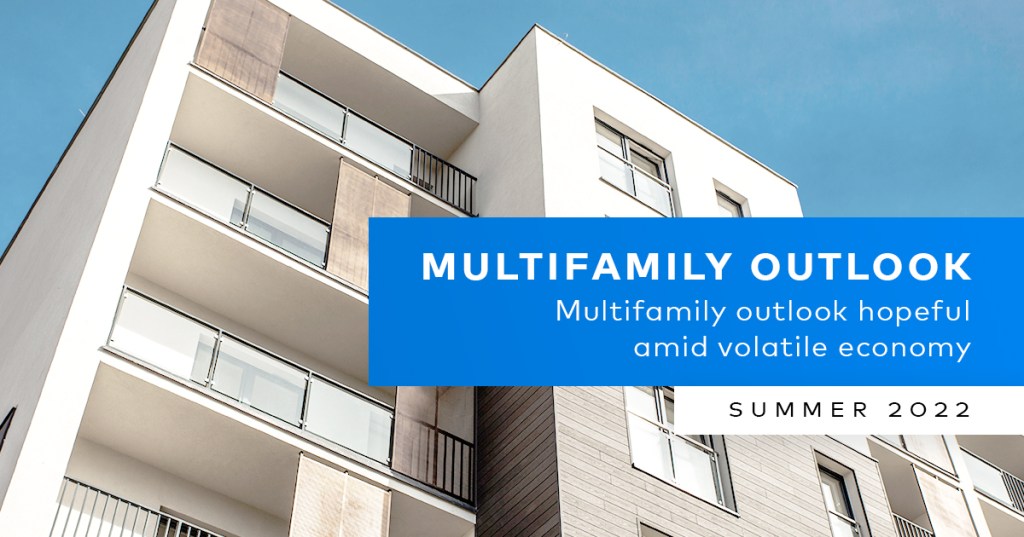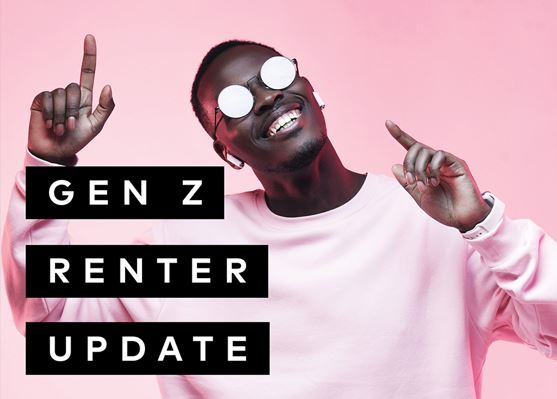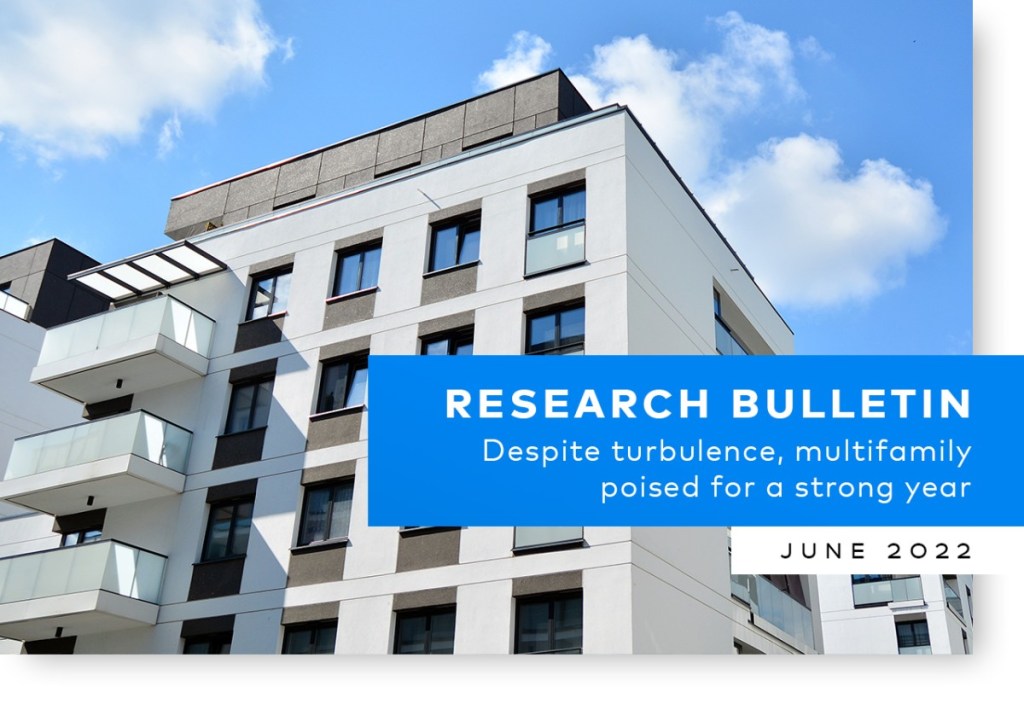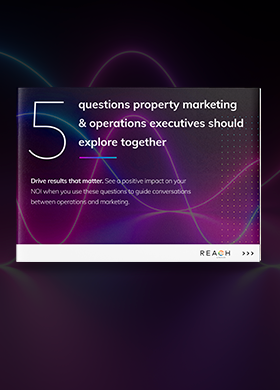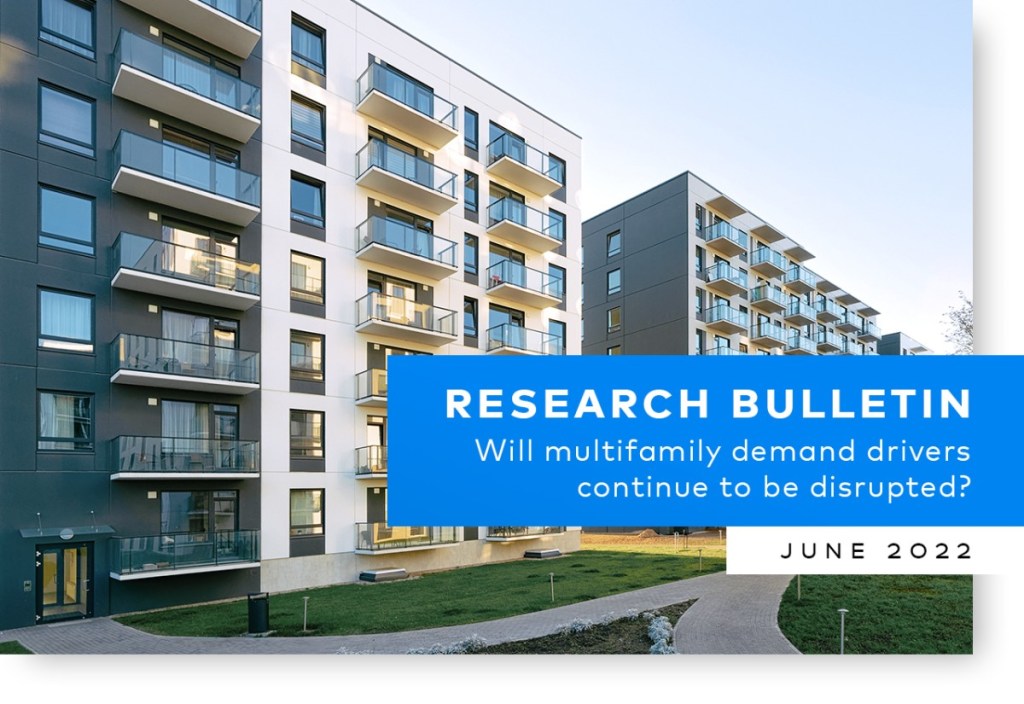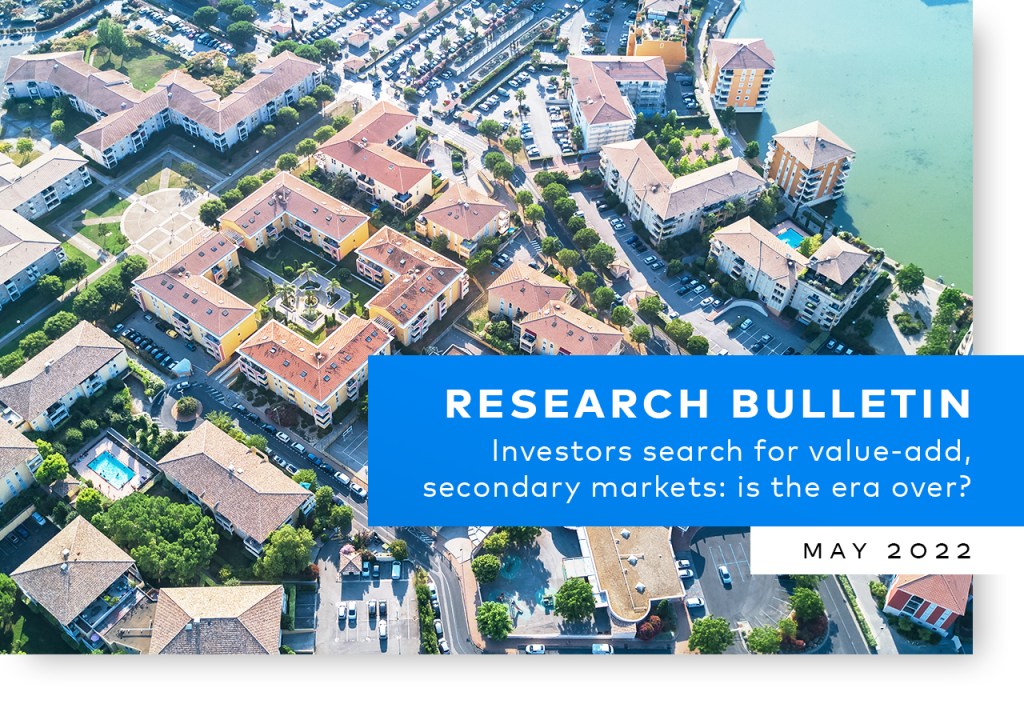Inventive Incentives
Help Fill Multifamily Properties
Even with multifamily rents continuing to rise nationwide, property owners still need to work to get people into their units. At the height of the pandemic, some renters in metros like Los Angeles, Boston and San Francisco relocated to lower-cost communities, prompting landlords to adopt creative measures to attract and keep renters. “Incentives are not […]


